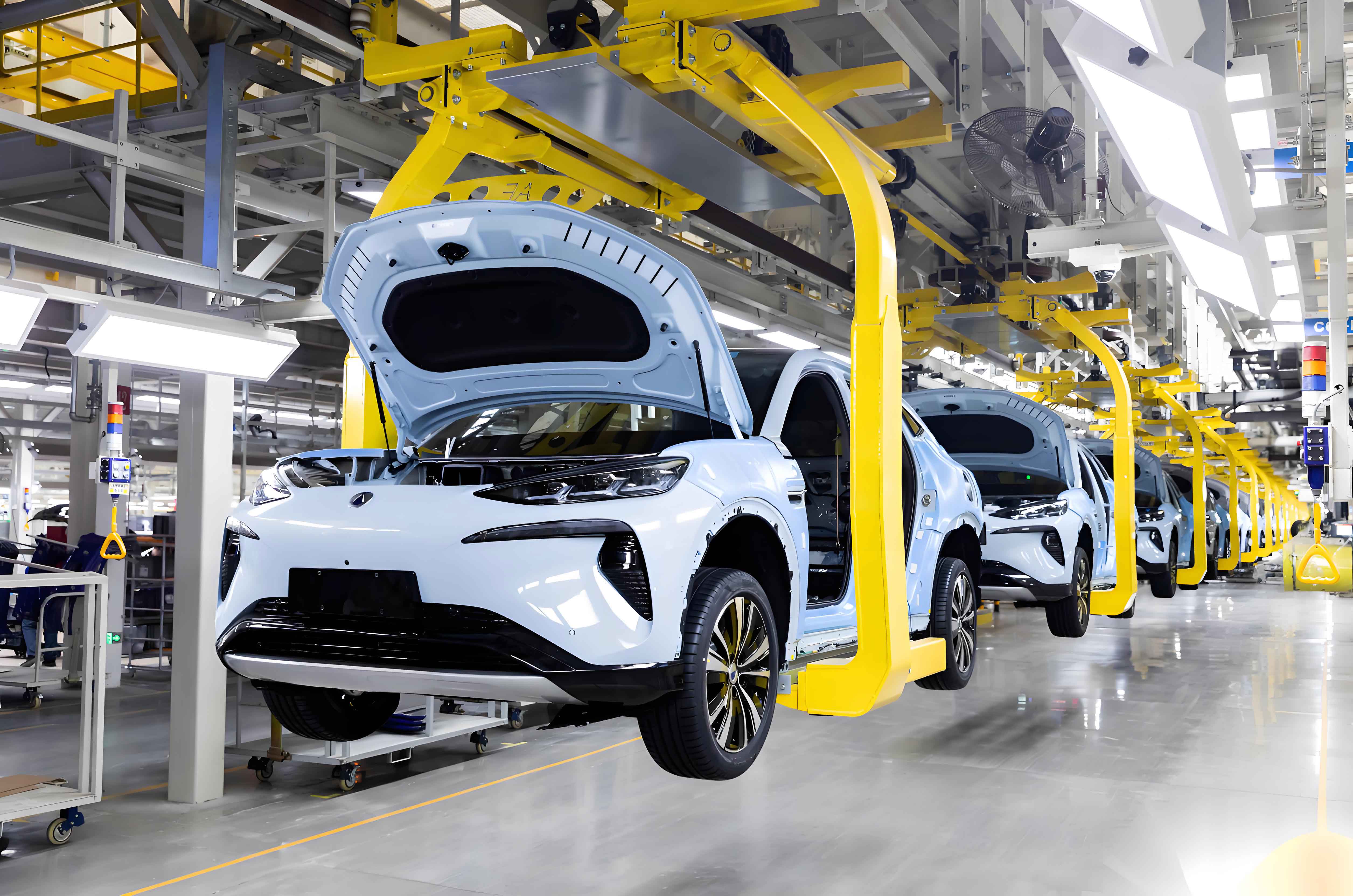BEIJING, July 10, 2025 – China’s automotive industry has delivered an unprecedented performance in the first half of 2025, with both production and sales volumes simultaneously exceeding the 15 million unit threshold for the first time ever, fueled significantly by the relentless ascent of electric vehicles. Data released today by the China Association of Automobile Manufacturers (CAAM) reveals an industry firing on all cylinders, demonstrating robust vitality and a decisive shift towards new energy technologies.

Total vehicle production reached 1,562,100 units between January and June, while sales hit 1,565,300 units, representing robust double-digit year-on-year growth. The standout narrative, however, remains the dominance of electric vehicles and other new energy vehicles (NEVs). NEV production soared to 696,800 units, with sales reaching 693,700 units – increases of 41.4% and 40.3% respectively compared to the same period last year. Critically, electric vehicles and NEVs now constitute a staggering 44.3% of all new car sales in China, underlining their transition from niche to mainstream.
“The figures are not just impressive; they signal a fundamental restructuring of the Chinese auto market,” commented Chen Shihua, Deputy Secretary-General of CAAM, during the data briefing. “The electric vehicle revolution is no longer looming; it is decisively here, reshaping consumer preferences and manufacturing priorities.”
Government policies, particularly the national vehicle trade-in program, were highlighted as a crucial engine driving domestic demand. The program’s effectiveness is evident in the 1,257,000 units sold within the domestic market during H1, an 11.7% year-on-year increase. This momentum accelerated in June, which saw both sequential and year-on-year growth in domestic sales.
June delivered landmark milestones for electric vehicle adoption within specific segments. For the first time, electric passenger cars accounted for over half of all domestic passenger car sales in a single month. Simultaneously, electric commercial vehicles achieved a significant 25% share of their domestic market. This penetration rate demonstrates the broadening appeal and applicability of electric vehicle technology beyond private consumers.
“Reaching 50% electric vehicle share in passenger cars isn’t just a number; it’s a tipping point,” observed an industry analyst tracking the sector. “It validates infrastructure investments and signals to manufacturers that the future is unequivocally electric. The commercial vehicle segment’s strong showing further proves the operational viability of electric vehicles.”
China’s automotive export machine also maintained its strong pace, shipping 308,300 units in H1, a healthy 10.4% increase. The star performer within exports was, unsurprisingly, the electric vehicle category. NEV exports skyrocketed by 75.2% to reach 106,000 units, showcasing the strong international appetite for competitively priced and technologically advanced Chinese electric vehicles. This surge underscores China’s growing influence as a global exporter of clean automotive technology.
“Chinese automakers, particularly those specializing in electric vehicles, are rapidly expanding their global footprint,” noted an international trade specialist. “The combination of scale, supply chain maturity, and aggressive pricing is making Chinese electric vehicles highly attractive in diverse markets, from Southeast Asia to Europe and beyond.”
Looking ahead, CAAM’s Chen expressed cautious optimism for the second half of 2025. He cited the continued implementation of supportive policies for NEVs and new energy infrastructure (the “‘two new’ policies”), coupled with automakers’ plans to launch a steady stream of compelling new models, particularly advanced electric vehicles, as key factors expected to sustain consumer demand and market growth.
“Policy continuity is vital,” Chen emphasized. “The ‘two new’ initiatives provide essential stability for consumers and manufacturers alike, encouraging further investment in electric vehicle technology and charging solutions.” He projected that these factors would “contribute to the steady expansion of automotive consumption” in the coming months.
However, Chen also sounded a note of caution regarding the intensely competitive market landscape. He stressed the urgent need for “further standardizing market competition order, strengthening industry self-discipline, and enhancing policy guidance and supervision” to ensure the long-term, healthy, and stable development of the sector. This call likely references concerns over potential price wars, quality consistency, and the need for sustainable business models amidst the rapid electric vehicle transition.
The H1 2025 data paints a picture of an industry undergoing profound transformation. China is not only the world’s largest auto market but is increasingly defining its direction through the rapid adoption and production of electric vehicles. The crossing of the dual 15-million-unit threshold is historic, but the underlying story is the sheer velocity of the electric vehicle takeover. With domestic penetration hitting record highs and exports booming, Chinese electric vehicles are cementing their position at the forefront of the global automotive industry’s future. The challenge now lies in navigating the intense competition and ensuring sustainable growth as the electric vehicle market matures. The second half of the year will be a critical test of whether the industry can maintain this remarkable momentum while establishing a stable foundation for the next phase of the electric vehicle era.